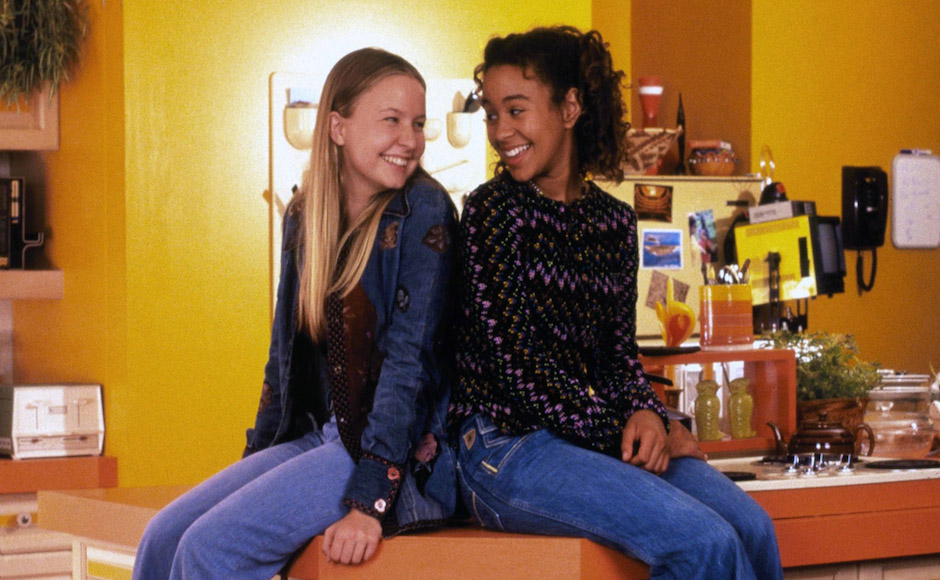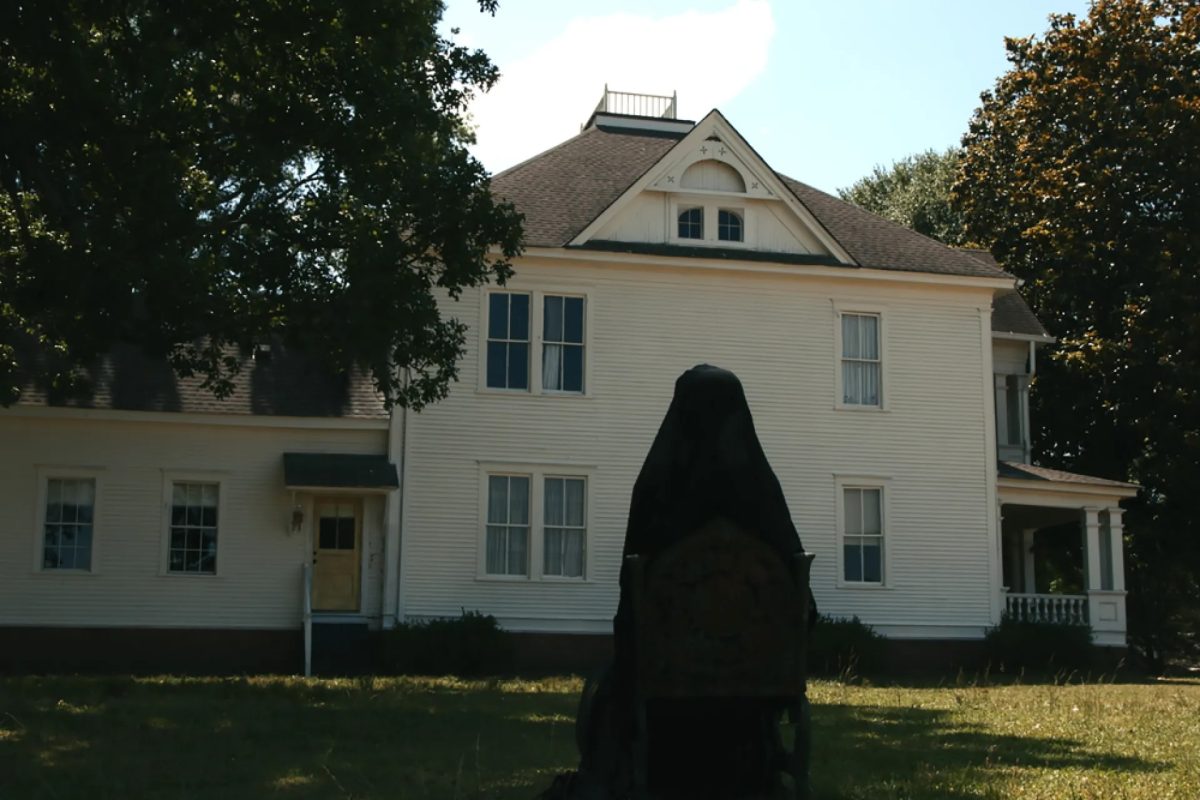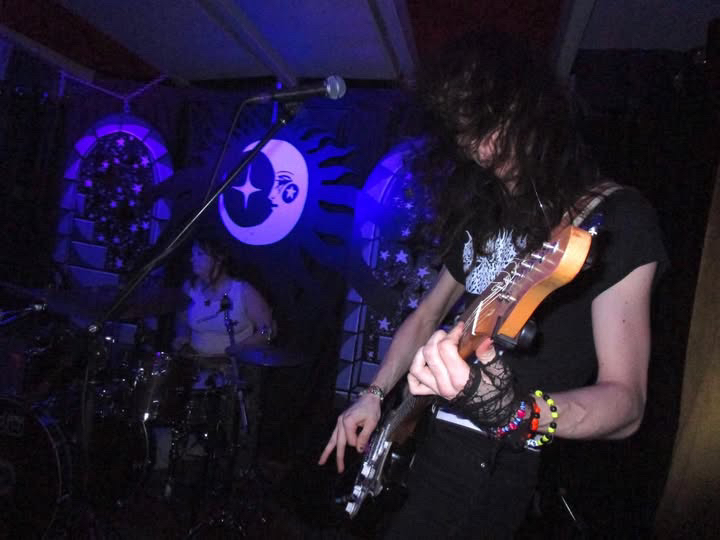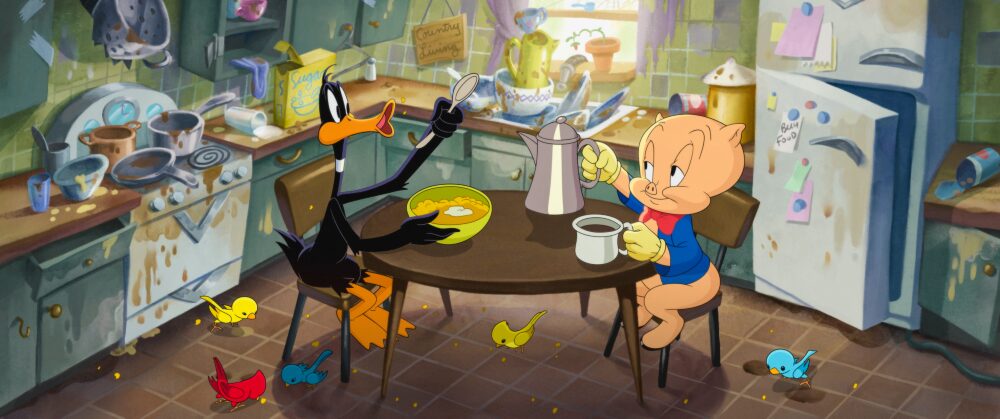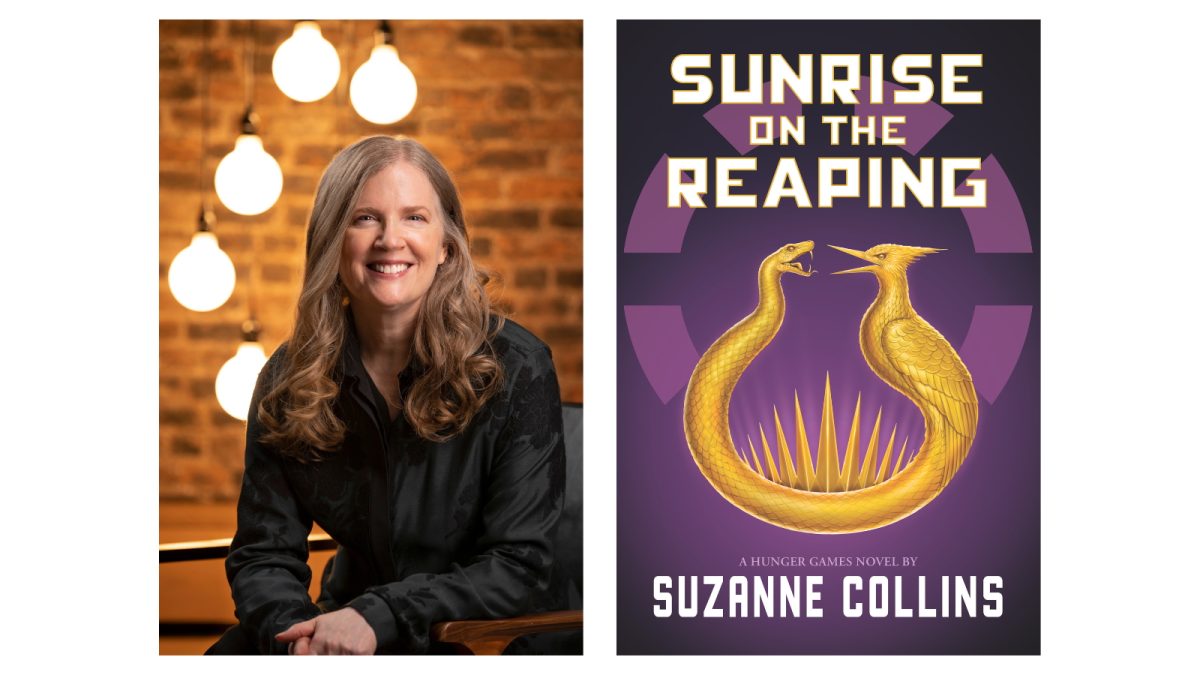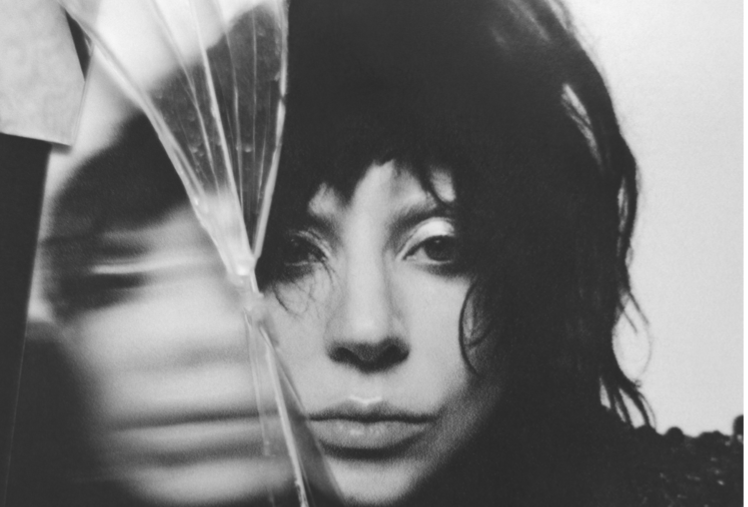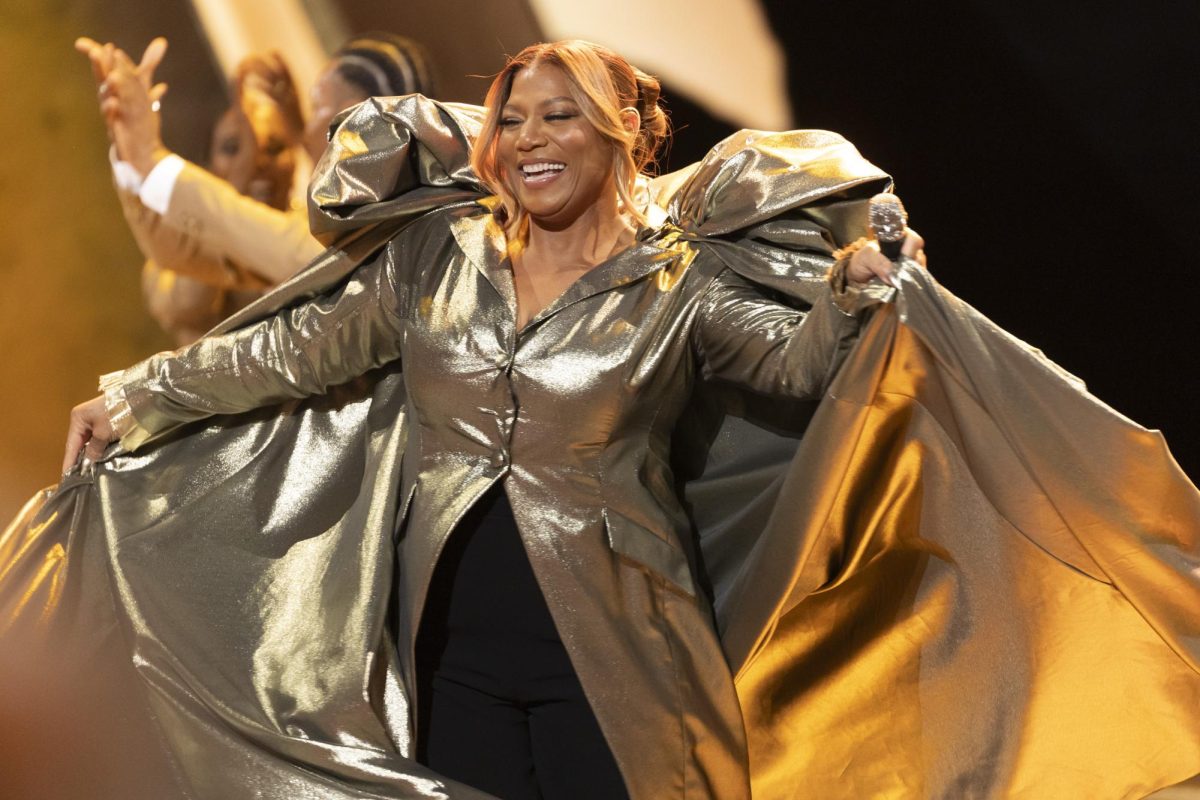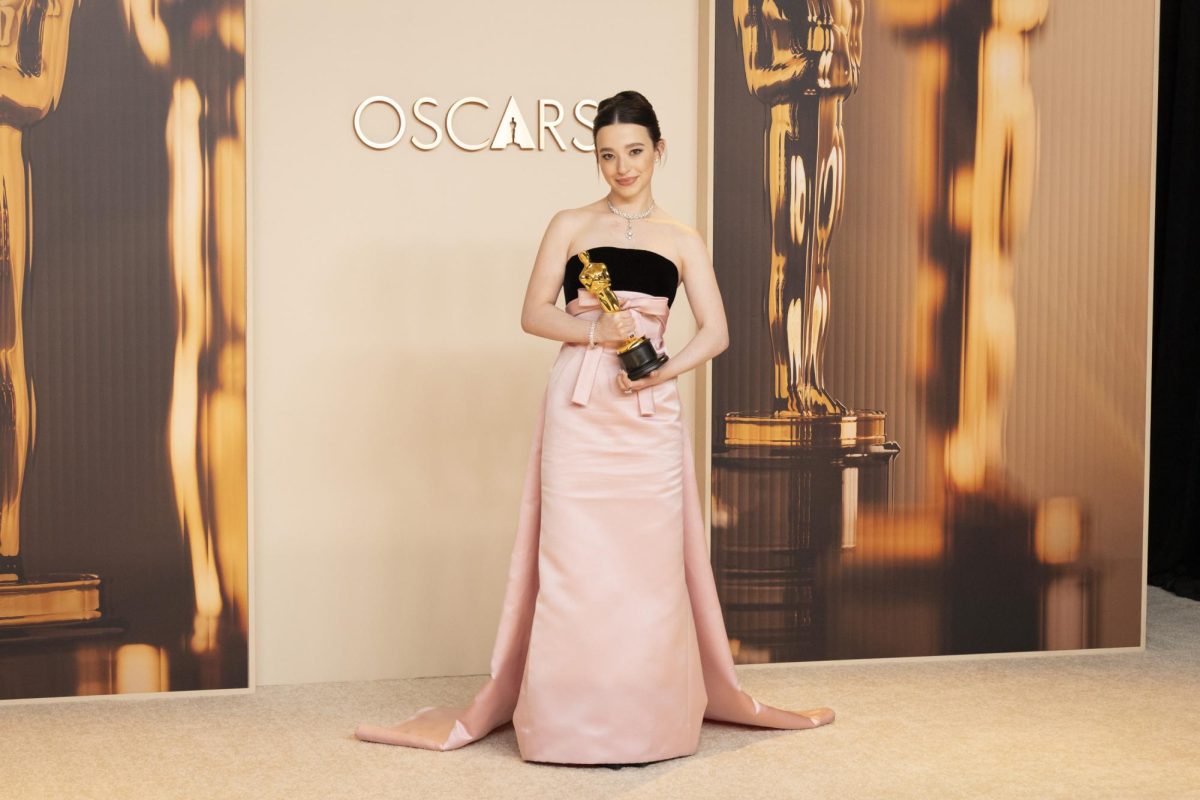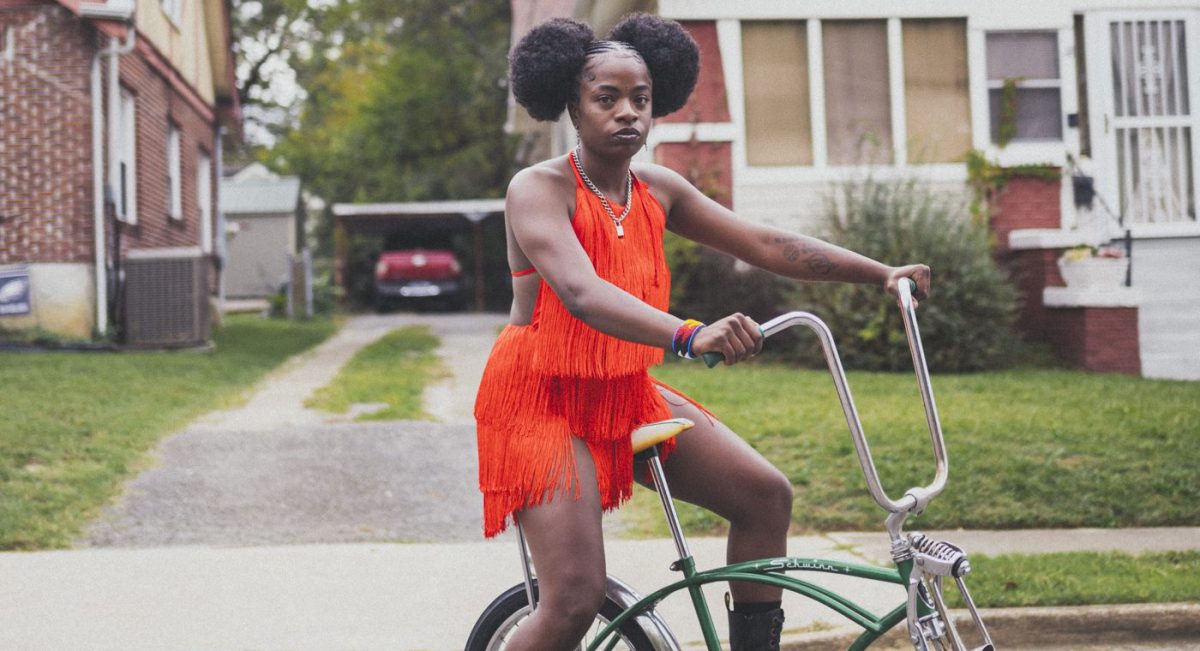Photo courtesy of IMDB
When I think back to elementary school, I remember Black History Month revolving around Martin Luther King Jr., Rosa Parks and learning how bad slavery was. That’s it. Even throughout middle and high school, there wasn’t a ton of shared information on the topic. The school system taught me the basics about Black History Month but nothing beyond that.
Because I wasn’t very knowledgeable about my own culture, there was only one place left to turn: television.
Growing up I remember looking forward to watching Disney Channel, especially during Black History Month. As a young black girl who wanted to learn more about my culture, the channel not only made me proud to be a black girl but also helped me better understand everything about black history that I missed in school. And one of my all-time favorite Disney productions is “The Color of Friendship,” which premiered February 2000.
Watching it for the first time 18 years ago, I felt excited and a little confused. I was young, so when I saw a white family in South Africa I had a true Karen Smith of “Mean Girls” moment: “If you’re from Africa, why are you white,” I wondered.
However, the movie grew on me, so much so that it still resonates with me today. To see “The Color of Friendship” boldly address prejudice and injustice was both shocking and mesmerizing.
But, every story includes its challenges and in this film, that was racism, which was devastatingly disheartening to watch. Seeing how the main white character, Mahree Bok, portrayed by Lindsey Haun, was treated and sow she acted toward the main black character, Piper Dellums, portrayed by Shadia Simmons, and her family when she first met them made me immediately villainize her. There were many things Bok did that angered me, especially her naivety about the current situation in her home country.
Was I right to blame her? Perhaps not. I definitely have a different attitude toward Bok now. The thing is, I didn’t know much about the world or even my own country at the time, and she grew up in a world where she wasn’t exposed to anything else, kind of like me.
Ruby Bridges, an American civil rights activist, said, “Racism is a grown-up disease and we must stop using our kids to spread it.” Now that’s deep.
I now realize Bok wasn’t fully responsible for her reactions, because she did all she knew to do. The cool thing is, Dellums, along with her family, taught Bok better, which led to the young girl’s changed outlook. Later when she returned to South Africa, she took that knowledge with her and practiced it in her day-to-day life. Bok wasn’t the only one who learned something, though.
In fact, I, myself, took a lot from this film. I learned a lot about Africa and what it was like to live there in the ’70s, such as the words used to dehumanize black people, government censorship and police brutality and coverups. So many lessons were taught in “The Color of Friendship,” and without the film I still might be clueless to some of its important messages.
It’s funny, though. As I watched the film as a child I was completely oblivious to its groundbreaking, awe-inspiring racial breakthroughs. But now, all grown up, I understand its importance, and I often celebrate Black History Month by revisiting the movie that taught me so much.
Thank you, Disney Channel, for “The Color of Friendship” and for providing me — and many others — crucial information during Black History Month.
To contact Lifestyles Editor Tayhlor Stephenson, email lifestyles@mtsusidelines.com.
For more updates, follow us at www.mtsusidelines.com, on Facebook at MTSU Sidelines and on Twitter at @Sidelines_Life.


